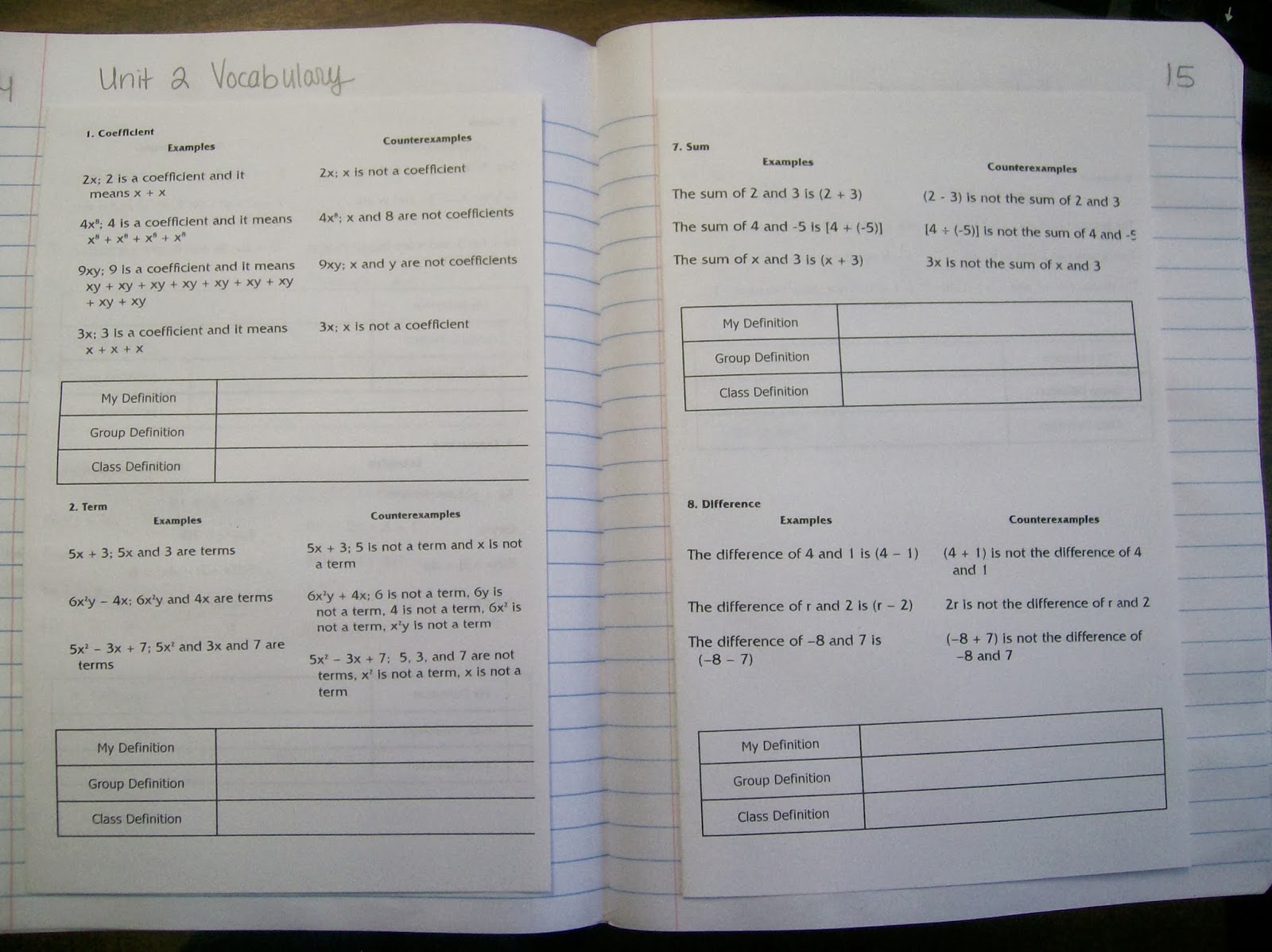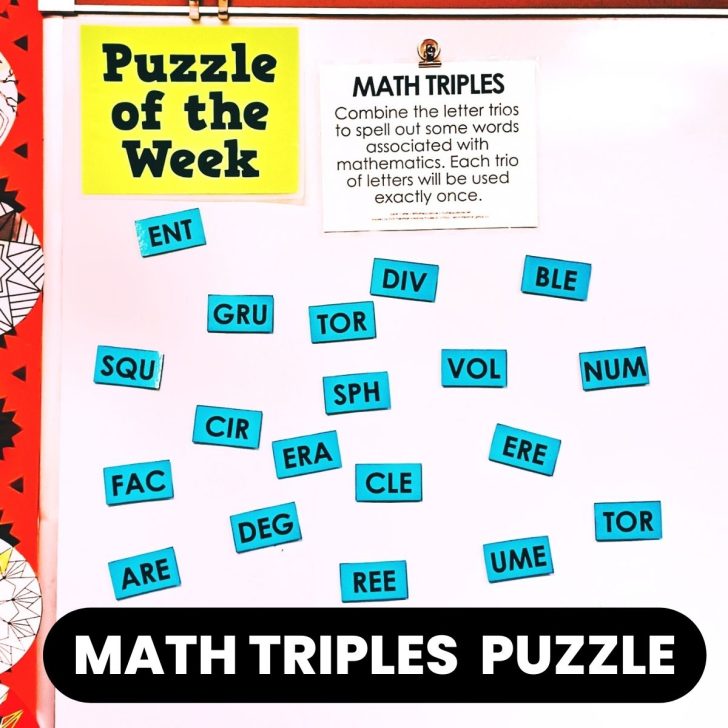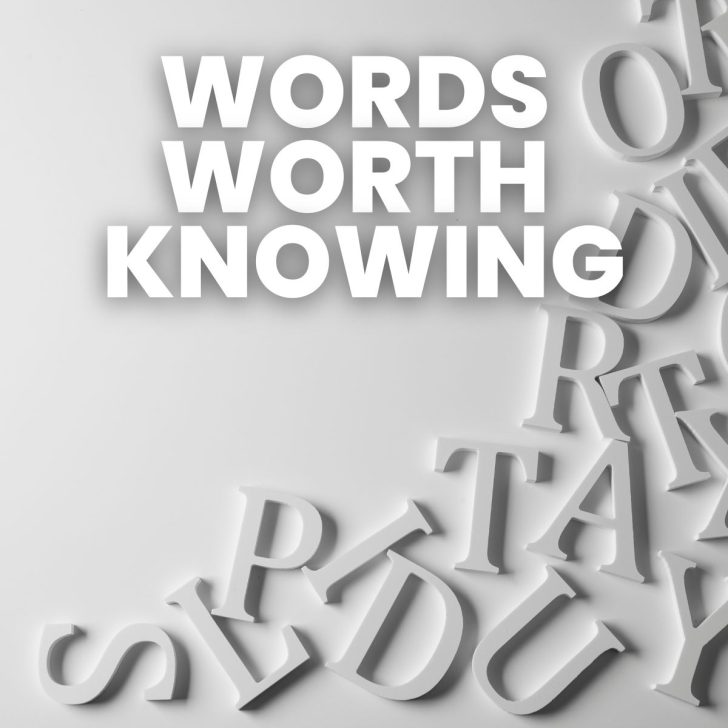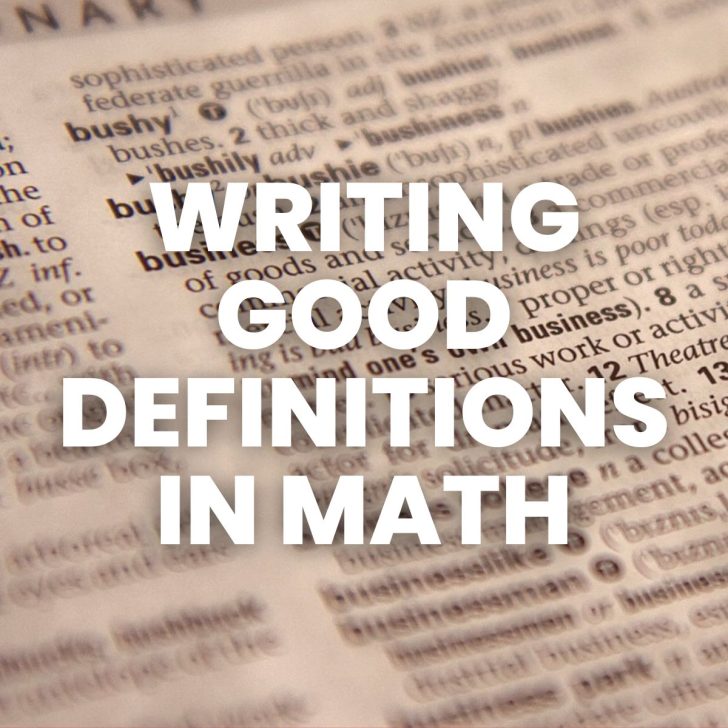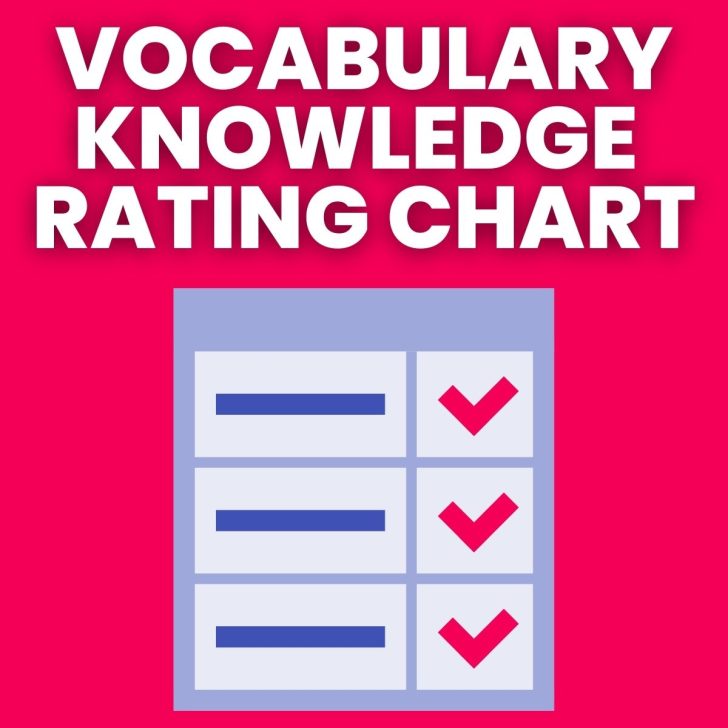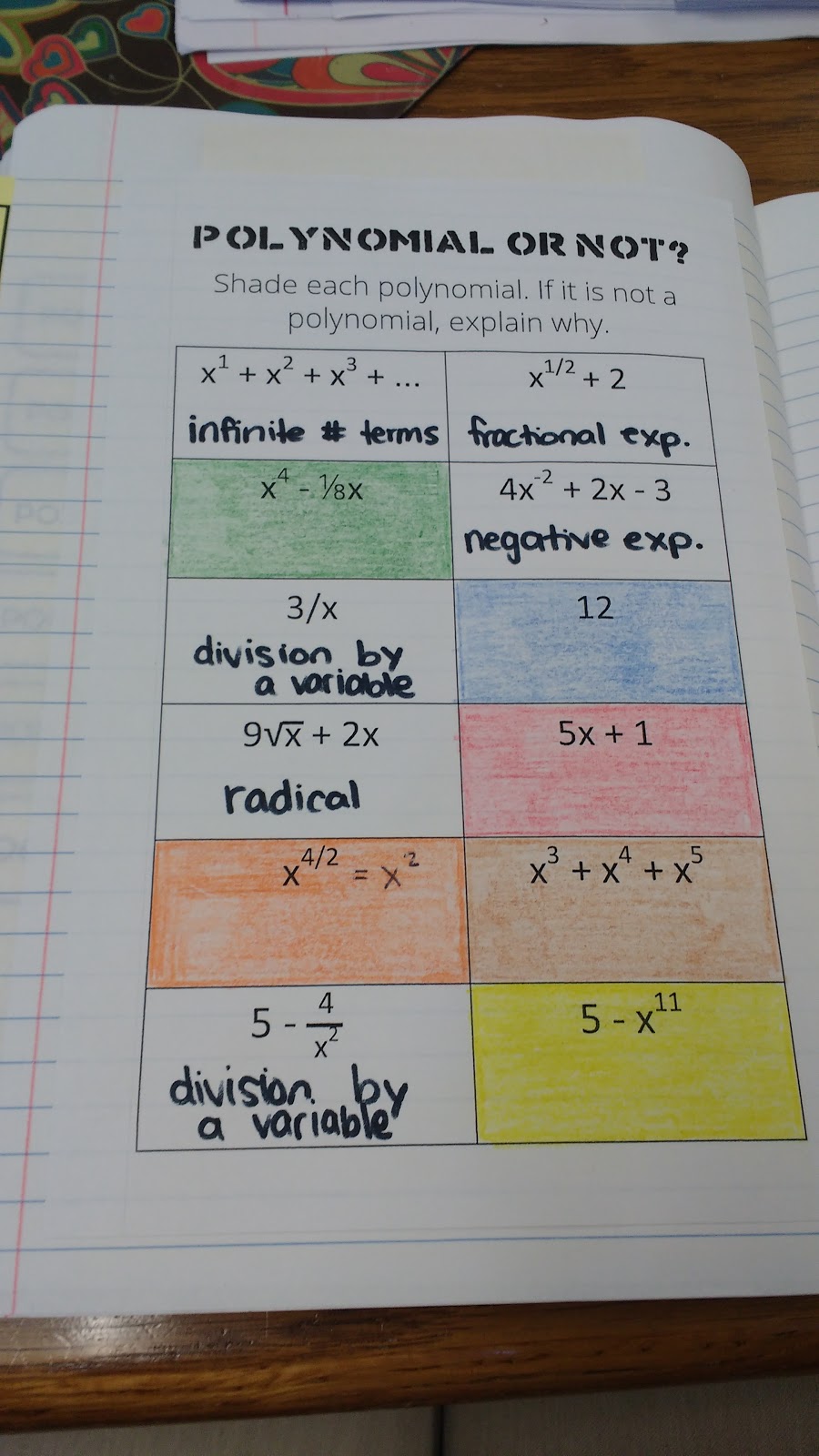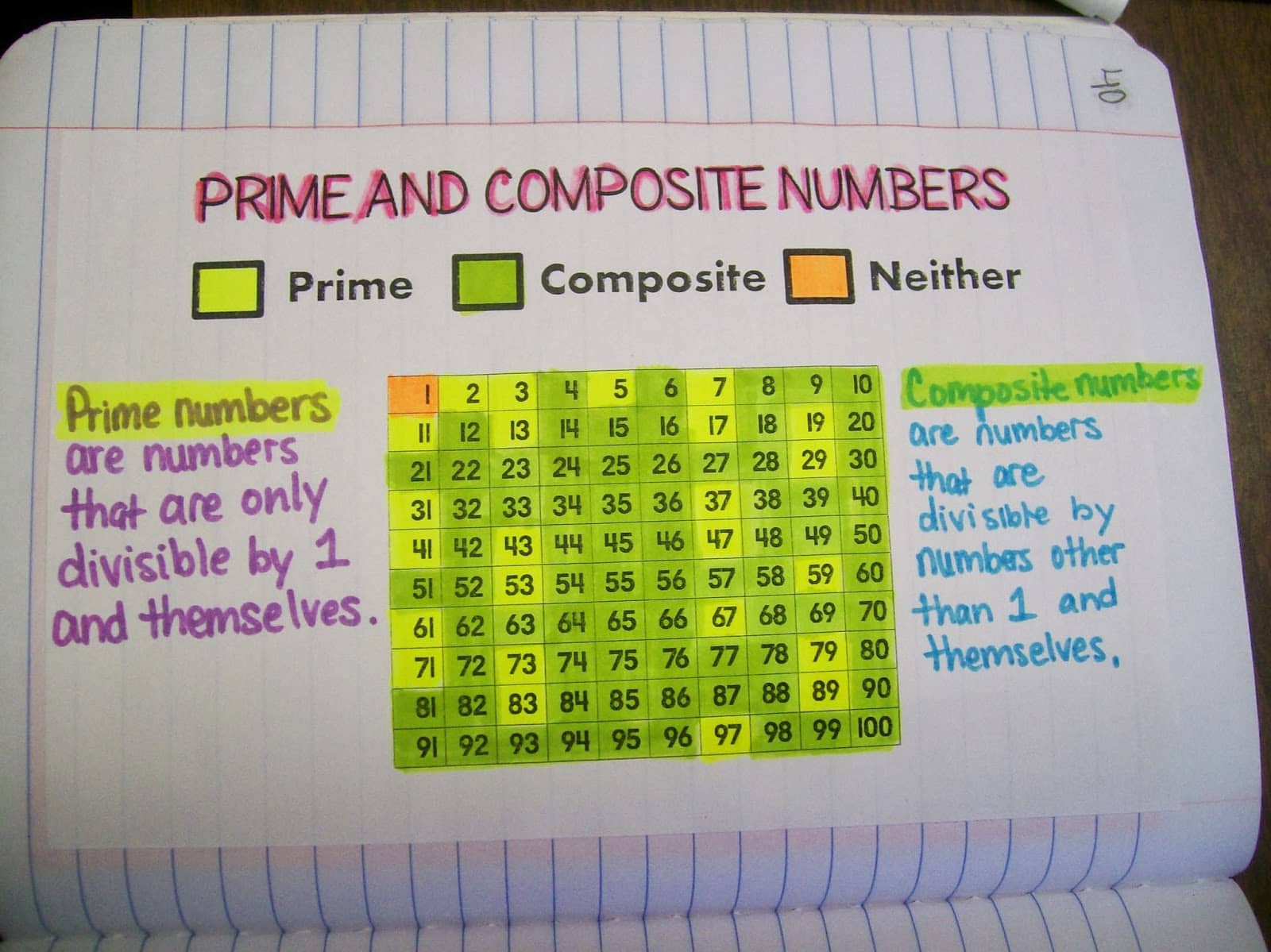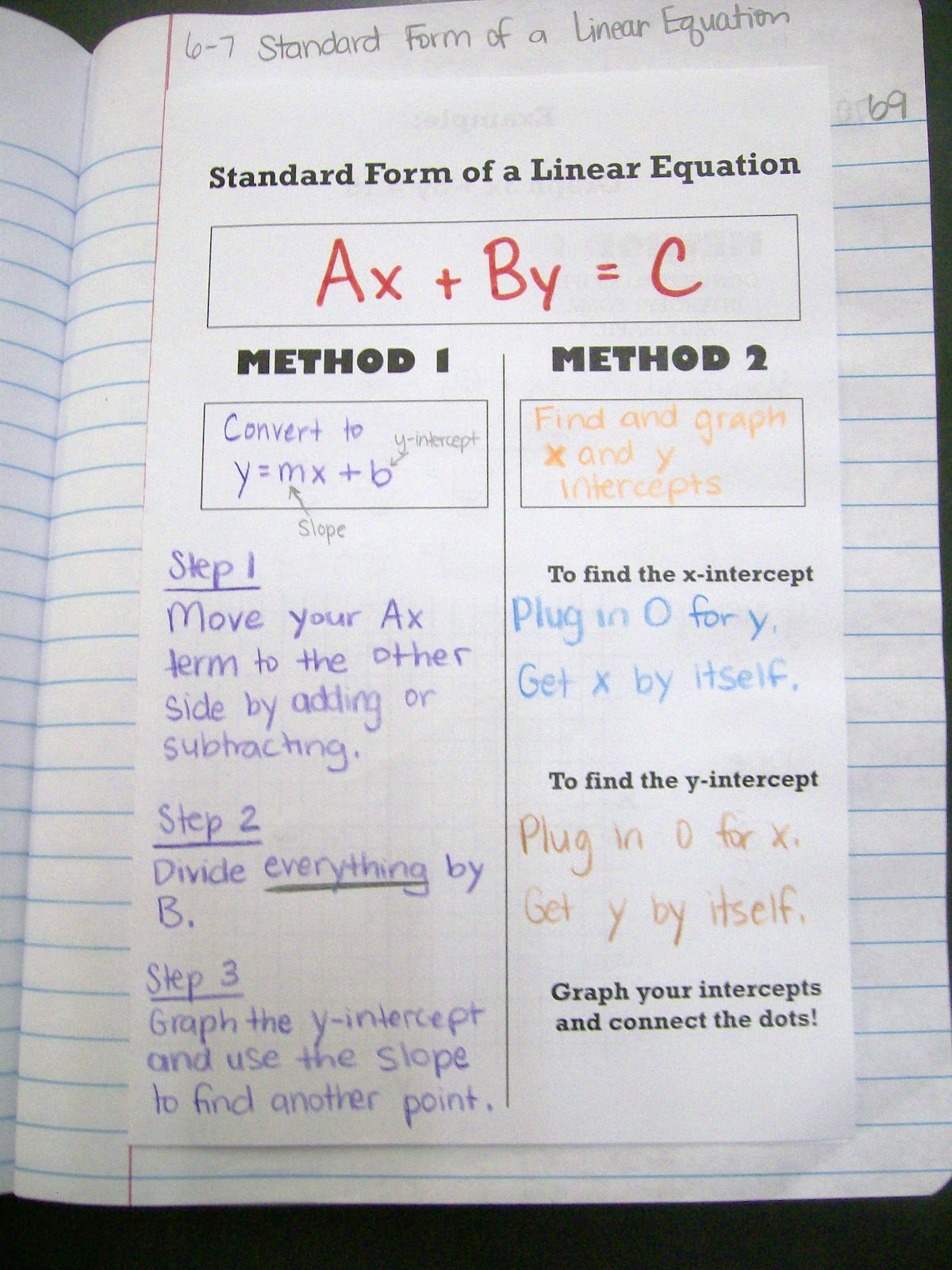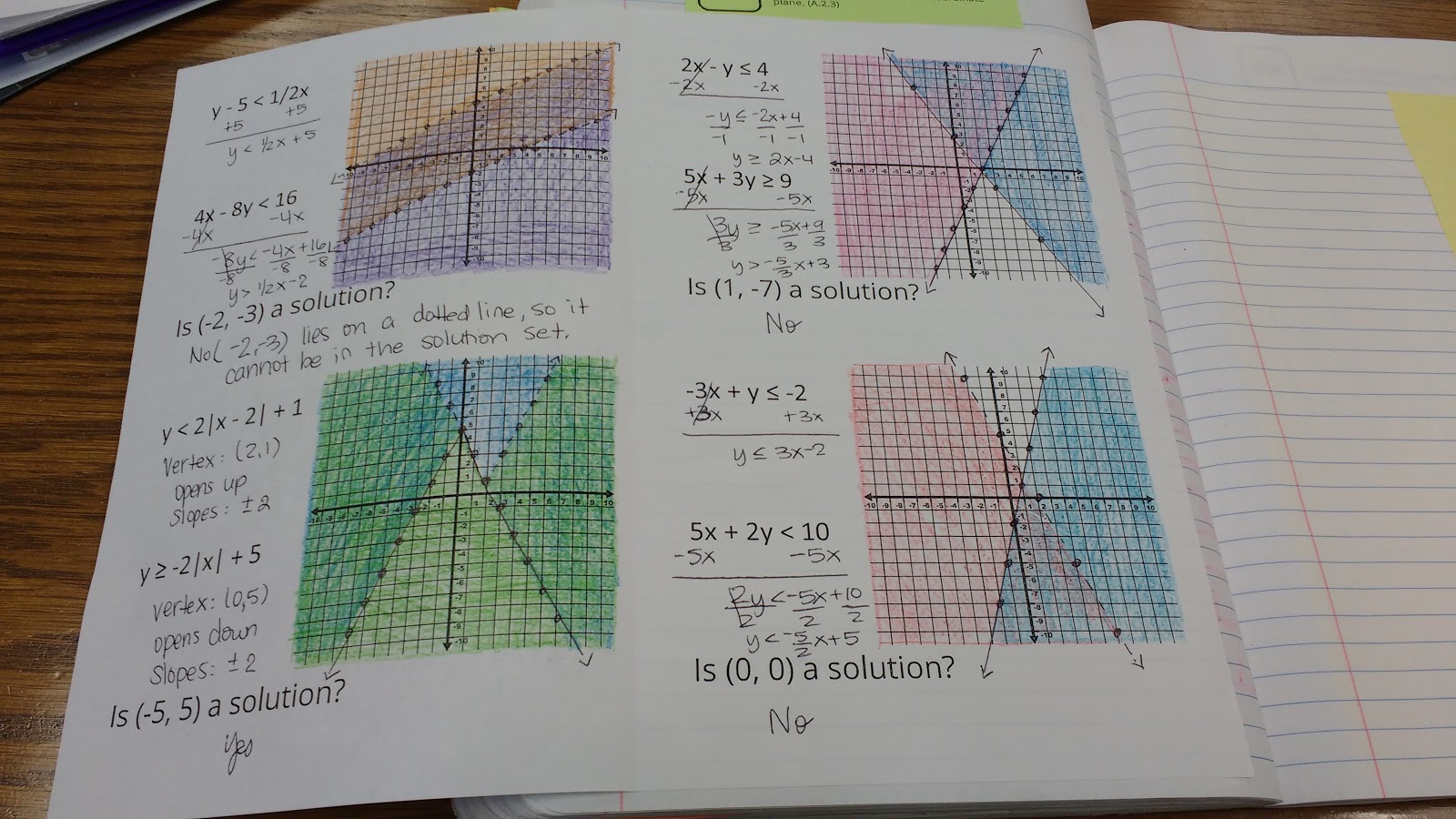Writing Good Definitions in Math
This blog post contains Amazon affiliate links. As an Amazon Associate, I earn a small commission from qualifying purchases.
Kagan’s Cooperative Learning & Algebra 1 book focuses on having students develop their own definitions for the vocabulary words for each unit. This is an entirely new approach to me.
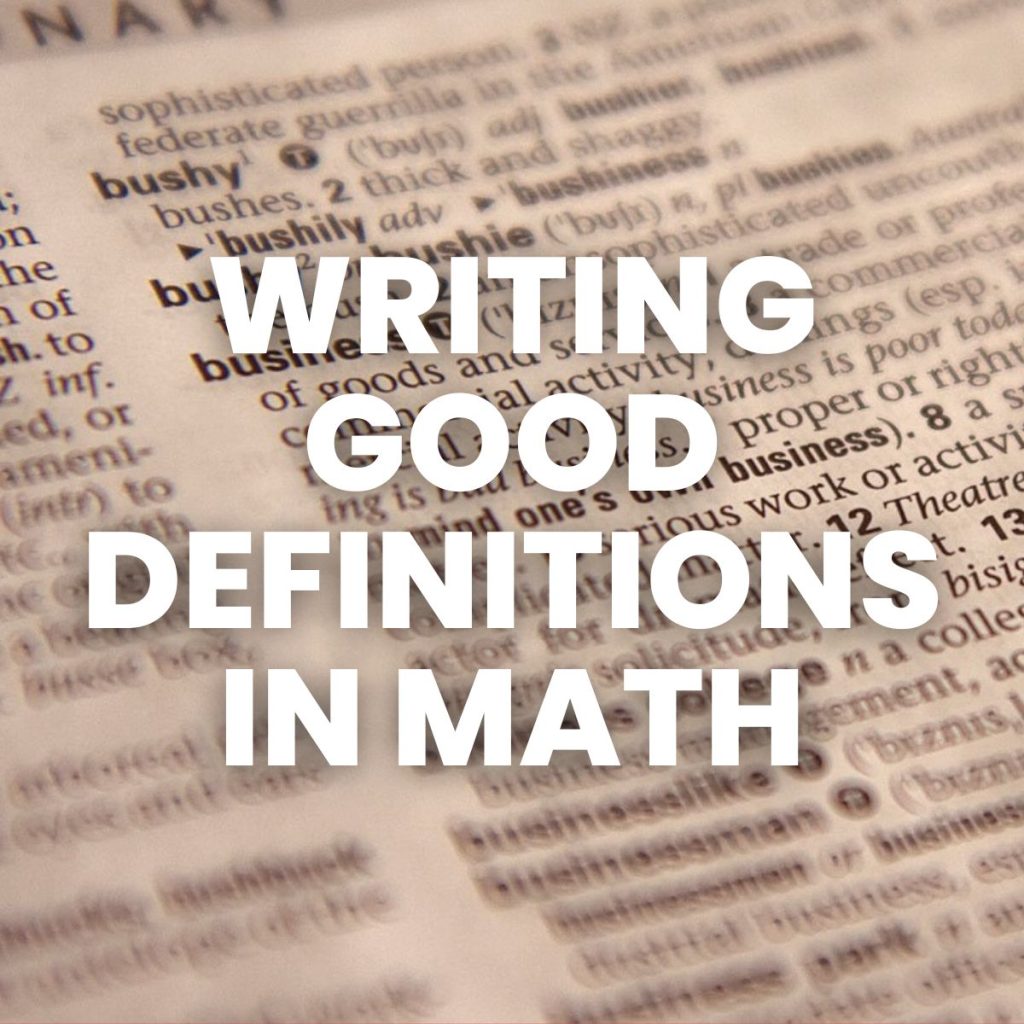
I’m used to just giving the students the definition and having them write it down. I’m kinda obsessed with the Frayer Model.
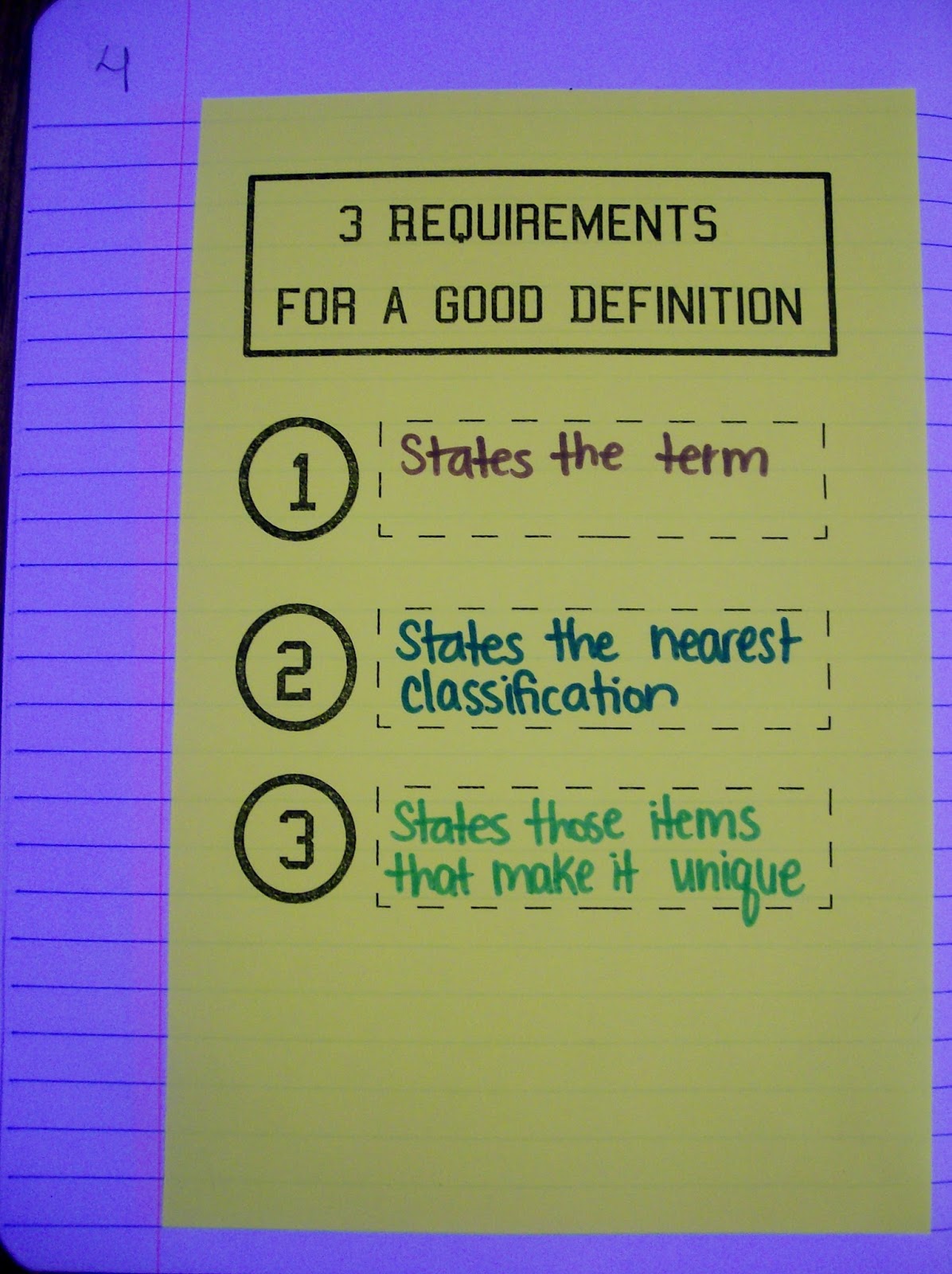
I’m enjoying the approach, however, of having students examine examples and counterexamples to determine what a word means for themselves. Time will tell if this leads to a higher level of understanding and recall. The first lesson of the year focused on what a good definition consists of. Our three requirements for a good definition were: 1) states the term, 2) states the nearest classification, and 3) states those items that make it unique.
We practiced a lot with this. I used some examples provided in the book to give my students the opportunity to practice writing a definition that had absolutely nothing to do with mathematics. Students were given a minute or two to examine the zingers and thingmabobs. Then, each student wrote their own definition based on the examples and counterexamples. Next, each person in the group shared their definition with the rest of the group. Each group discussed everybody’s definition and combined the best parts of each definition into one group definition. Finally, we discussed the group definitions as a class and wrote one class definition. The process is very time consuming. But, it produces AMAZING discussions. So, I think it’s worth it.
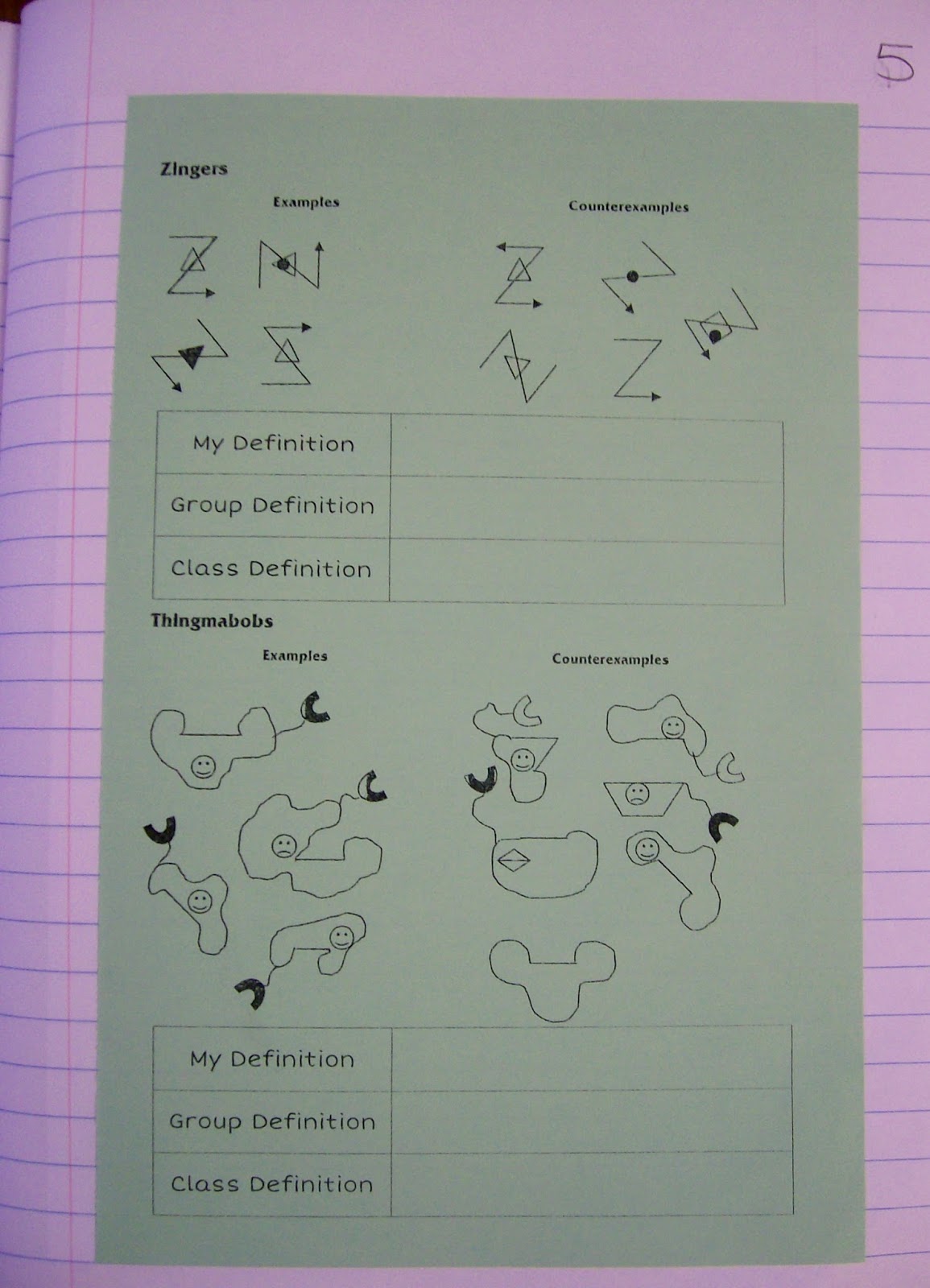
Since I used images from the Cooperative Learning & Algebra 1, I cannot post these files to download.
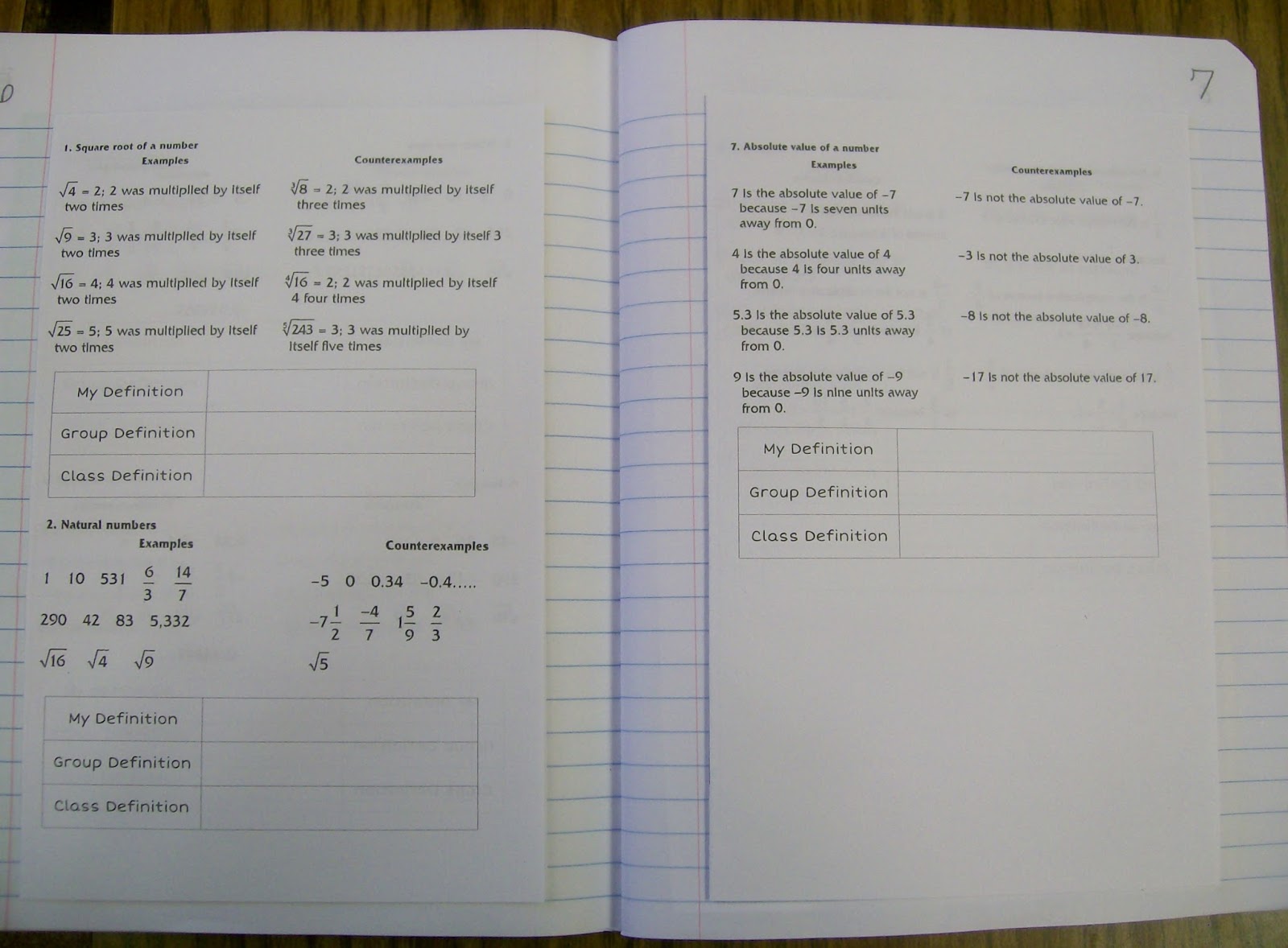
My students repeated this process for our 10 vocabulary words for unit 1. They completed the “My Definition” section as homework. And, the entire next class period was spent creating group and class definitions. These were formatted as two book-type foldables that students glued in their interactive notebooks. I love that these foldables capture the process that students went through to write their own definition.
We started Unit 2 by writing our own definitions of some very important vocabulary words. I got these examples/counter examples from the Kagan Cooperative Learning & Algebra 1. I like the process of having students reason through the examples and non-examples to write their own definitions. However, I think I will break down the vocab and do it throughout the unit instead of trying to do all the vocab at the beginning of the unit. I think my students will retain the vocabulary better that way.
